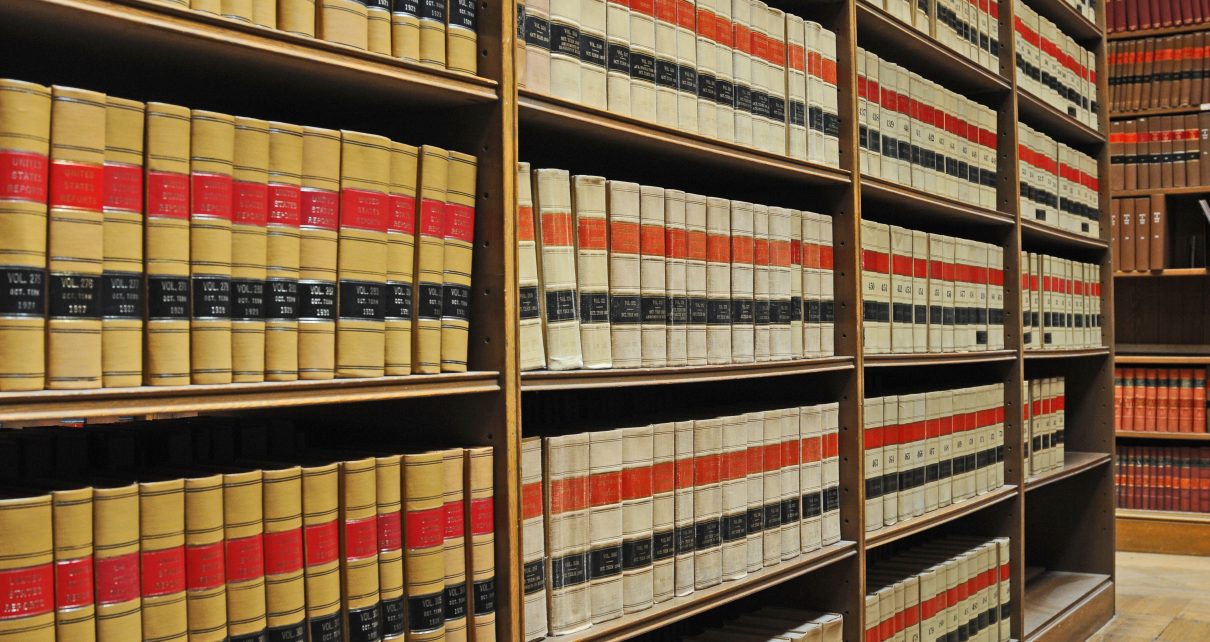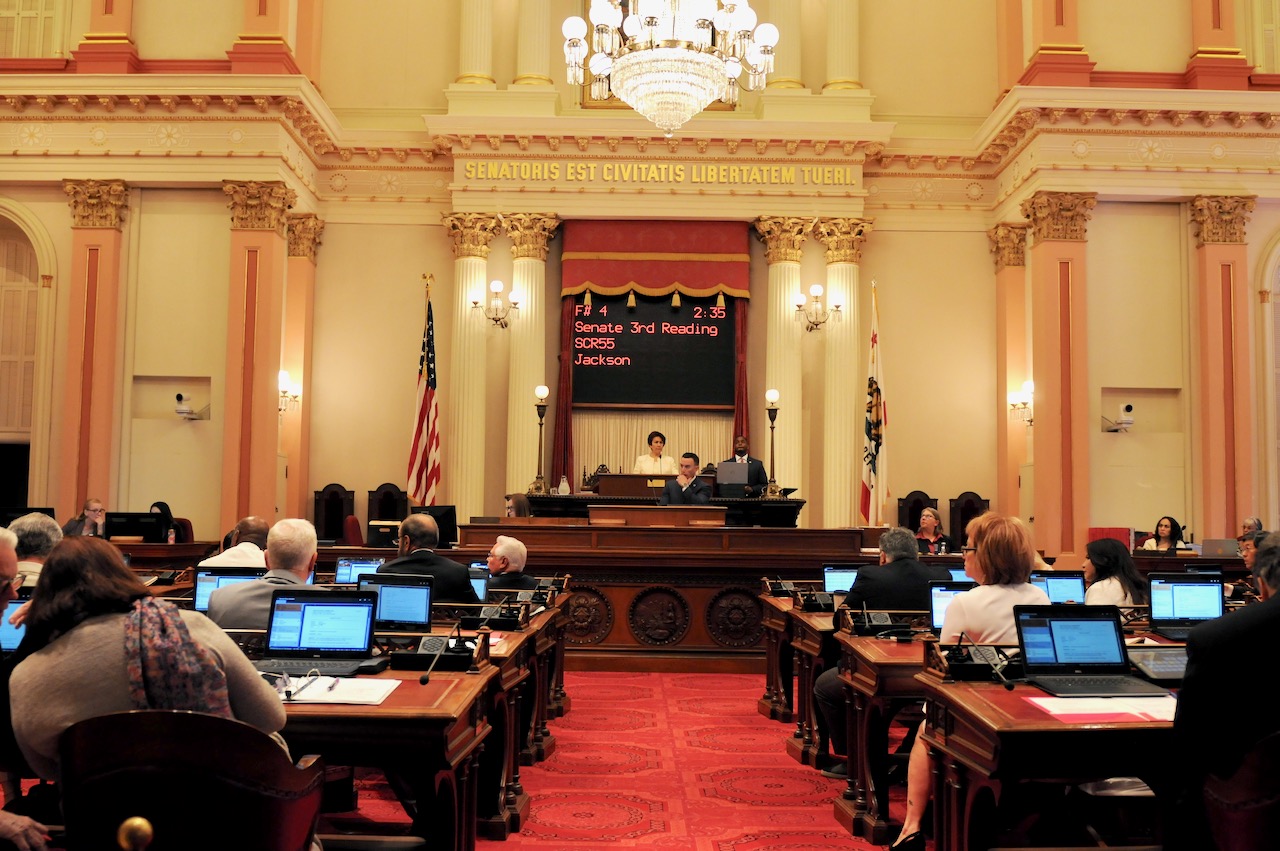
Law Library - Old Law Books. (Photo: jjphotos, Shutterstock)
Canon of Statutory Construction – ‘In Pari Materia’
We start with the presumption that the Legislature drafts its bills carefully and intentionally
By Chris Micheli, October 22, 2022 7:42 am
For purposes of statutory construction, the courts and bill drafters use a series of “canons” to guide them. These include textual canons (intrinsic aids), linguistic presumptions and grammatical conventions, substantive canons, and extrinsic aids. It is impossible to list them all, but there are some common canons, and those are most useful for legislative drafting.
We start with the presumption that the Legislature drafts its bills carefully and intentionally. Because of this presumption, the usual approach of the judicial branch is to narrow statutes rather than expand them, and the courts are less activist in their interpretation.
In pari materia means “on the same subject or matter.” This is a doctrine of statutory construction that statutes that are on the same subject must be construed together. In other words, if a statute is ambiguous, the court may apply this canon and look to the rest of the statute, or the surrounding statutory scheme, in order to determine the meaning of the ambiguous statute.
- Effect of Emancipation - December 6, 2025
- Harbor Commissions in California - December 5, 2025
- Mediation Proceedings in Child Custody Cases - December 5, 2025





One thought on “Canon of Statutory Construction – ‘In Pari Materia’”